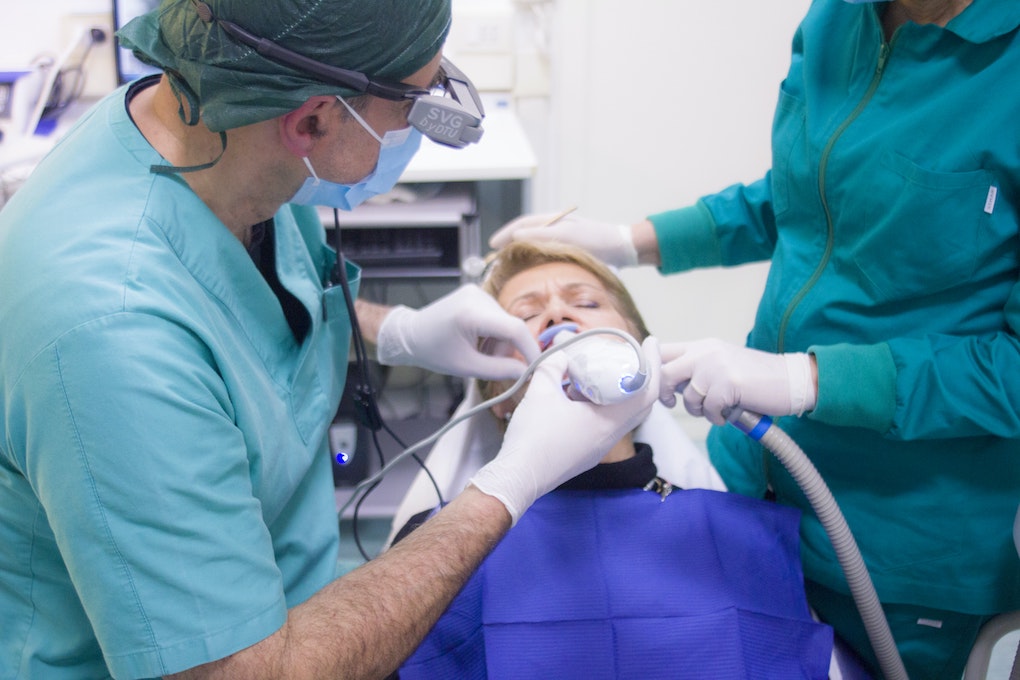
August 27, 2019
When (and When Not) to Invest in New Dental Equipment

Whether you’ve just purchased a dental practice or have been in business for decades, the question of whether to invest in new equipment will inevitably arise. It may be tempting to invest in all-new dental equipment as the need arises, but before opening your wallet, you’ll want to consider whether it’s worth it or if there’s another option.
Go digital
Sure, your practice has run smoothly without entering the digital world, but that doesn’t mean it should continue that way. Going digital can directly impact patient care and communication, in addition to alleviating manual patient-facing responsibilities from your staff.
Take the tax advantage
Thanks to Section 179 tax deduction, you can receive all or a portion of the expenses you used to purchase new equipment for at least 50% of the business use. Just note the cost of eligible equipment is limited to $200,000.
Consider the turnover
Like any technology, as soon as you invest in the latest, a new version is already in the works. While you should take into account the frequency at which the technology evolves into consideration when looking at a specific piece of equipment, don’t let it deter you from making the leap.
Just fix it
Wear and tear are natural with any piece of equipment, but that doesn’t mean it needs to be replaced at the first sign of deterioration. Not only should you consider how often your equipment breaks, but also how it impacts your ability to treat patients.
Calculate true cost
How much a new piece of equipment will truly cost you over the course of time includes factors like the price to train staff on usage, installation fee and any necessary technical support, in addition to the impact it will have on your electric bill. What’s more, factor into account any related accessories or supplies you may need.
Estimate return on investment
You may have sticker shock, but if the equipment makes your practice run more efficiently, gives you a competitive edge or increases the number of services kept in-house, then it may be worth the investment. To calculate, compare the true cost with the projected increase in collections to see how your practice will grow.
Think about leasing
Trading in old equipment for new may be appealing, but be sure to inquire about any additional costs and fees, in addition to shopping around for interest rates with banks that are familiar with dental lending. Ultimately, a lease might make more financial sense when considering upkeep and interest rates.
Take demographic into account
Having the latest and greatest equipment can be exciting for the practicing dentist but maybe not for your patients. Before investing in a specific piece of cosmetic dentistry equipment, evaluate whether your patients can afford or want dental aesthetics.
What’s next?
Contact the experts at Professional Transition Strategies for a complete appraisal of your dental practice, including a valuation of your hard assets.